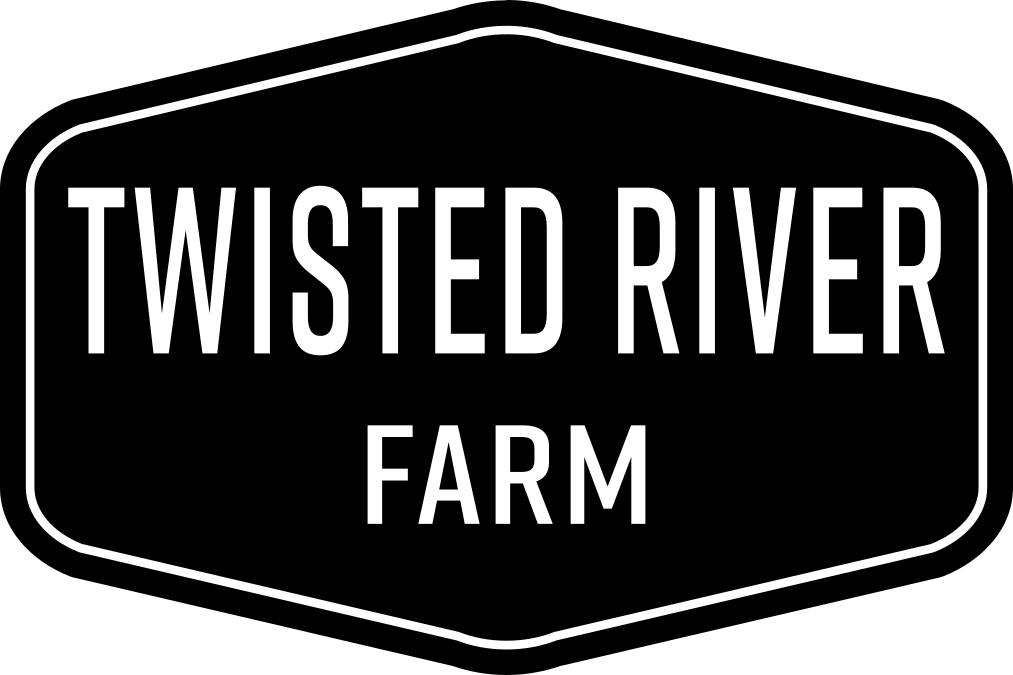It’s been quite the year, especially when it comes to weeds. As many of you may know, we leased a two acre plot from our neighbors this year. We continue to be excited about this opportunity but it turned out to really test our limits.
This plot has been sitting vacant for four years, last being used as a corn field. Starting back in April we first burned the field to remove all of the accumulated dried weeds.The soil quality is awesome so we couldn't wait to get started. After we burned the field, we then chisel-plowed it to break it up and get it ready for bed-making.
Two acres is a lot of extra land for us, and we didn't need all of that this year so we put a rye cover crop on half of it to hold the weeds down until 2022. It worked great and was probably our biggest win of the season.
We started off making bed blocks of 12 beds to set our succession planting. We used a brand new tool, a power harrow, to do this. What’s a power harrow, you say? A power harrow is like a tiller but instead of tines spinning around and inverting the soil it has spikes that beat the soil. We wanted this kind of action because we didn’t want to invert the soil and we wanted to minimize soil disturbance; when you invert the soil you bring up weed seeds. We definitely don't want that. The power harrow does a beautiful job making the beds. it leaves a perfectly flat, soft seed bed for the planter. The other function of the power harrow was going to be in our weed management.
We practice what is called stale seed-bedding. We encourage the little weeds to germinate in the bed, then we kill then with either a flame weeder or in this case a light cultivation with the power harrow, and then we immediately plant.
What we discovered about our plan is that our timing had to be super spot on in catch the weeds at just the right time. Which we thought we were doing. Well....
What ended up happening is we killed the first flush and then planted, our stand of greens would come up beautifully and everything looked great...but then a vigorous second flush of weeds would fill in and over take our beds. We played this game for the whole month of July. Where we failed in our plan was to vastly underestimate how much weed seed had accumulated in the seed bank the past 4 years. We would then power harrow that bed, at a loss, and replant thinking we had killed that flush of weeds.
It turns out the power harrow wasn't effective at killing the weeds. It only repositioned them and they would reroot−so what looked like a perfectly clean seed bed was a ticking time bomb of weed regrowth. We would replant and within days those pesky weeds would reroot and take over the bed AGAIN. Dear reader, I can't tell you how many beds we did this to this summer. It was a lot. Honestly, a frustrating and embarrassing amount.
What this led to was a product shortage. Hint: this is why you couldn't find your favorite Summer Crunch on the shelves for a good portion of the summer.
Just when we thought we were FINALLY ahead of the weeds, a new variety would push through and we would be back at square one. We even resorted to crawling on our hand and knees to pick out the weeds to salvage some beds so we would have product to sell. That is not what you want to be doing at our scale…but we did it. This whole experience had us questioning everything about how we plan our beds. It gave us a new perspective on weed control. We still had a phenomenally successful year so we can't complain too much.
We have already started crop planning for 2022 and we are approaching it completely differently. We are crop planning around weed management. Our weed management strategy is our first thought. We have also taken steps to retool our farm to be able to mechanically cultivate quickly, often, and with precision.
This is the life of farming. There are always challenges, always hurdles, always something new to learn. These lessons sharpen your skills. Mother Nature doesn't care that you have orders to fill. We were reminded of that a lot this summer. Lesson learned–a hard lesson learned. We have taken this as an opportunity to really learn and understand weed management, cultivation, timing, patience, planning.
There is an old saying: If you can see the weeds it's too late; they have already won. We’re going to have that framed and hung on the wall.


